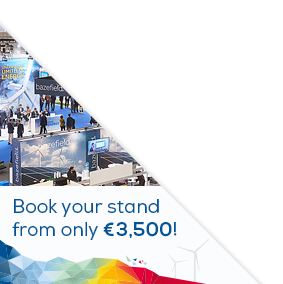Posters
Siblings:
ProceedingsProgrammeProceedingsSpeakersPostersContent PartnersElectrification StageMarkets TheatreR&I ActivitiesStudent DayProgramme Committee & abstracts reviewersPresenters dashboardCome meet the poster presenters to ask them questions and discuss their work
We would like to invite you to come and see the posters at our upcoming conference. The posters will showcase a diverse range of research topics and provide an opportunity for delegates to engage with the authors and learn more about their work. Whether you are a seasoned researcher or simply curious about the latest developments in your field, we believe that the posters will offer something of interest to everyone. So please, join us at the conference and take advantage of this opportunity to learn and engage with your peers in the academic community. We look forward to seeing you there!

PO068: The use of bolted joints in primary load bearing structures.
Sjur Lassesen, Technical Director, TP-Products
Abstract
Bolted joints are generally not used in primary load bearing structures of offshore floaters because of the general poor fatigue resistance and their need for inspection and maintenance. This is the general perception amongst floater designers, claiming that bolted joints do not have the required reliability and robustness to be used in the primary structures. However, by looking at what the oil and gas industry has done for the last 30 years for high pressure dynamic riser systems exposed to extreme dynamic loads, it is evident the solutions for bolted joints with the required properties exists. The major advantage of introducing bolted joints in the primary structure is related to the fabrication of the floater, and then primarily for efficient series production, which is required by the wind industry. Offshore floating wind farms with more than 50 turbines shall be built and installed within a year, possibly at remote areas. By introducing bolted joints in the floater structure, it is possible to fabricate the floater in parts, transport the parts to an assembly yard close to the installation location, and then perform final assembly of the floater. The assembly time by bolting will be in the order of 1/10th of what is practically possible with welding, considering a bracing and column design for a floater. The solution for bolted joints is to use the compact flange technology, equivalent to what is typically used in offshore riser systems. This paper presents how the compact flange technology changes the bolted flanges from having a dynamic behaviour to a static behaviour. By static behaviour it is meant that the bolt response curve is practically flat within specified design loads. The result is a connection with unlimited fatigue resistance compared with the adjoining weld and with no need for regular inspections and maintenance.







